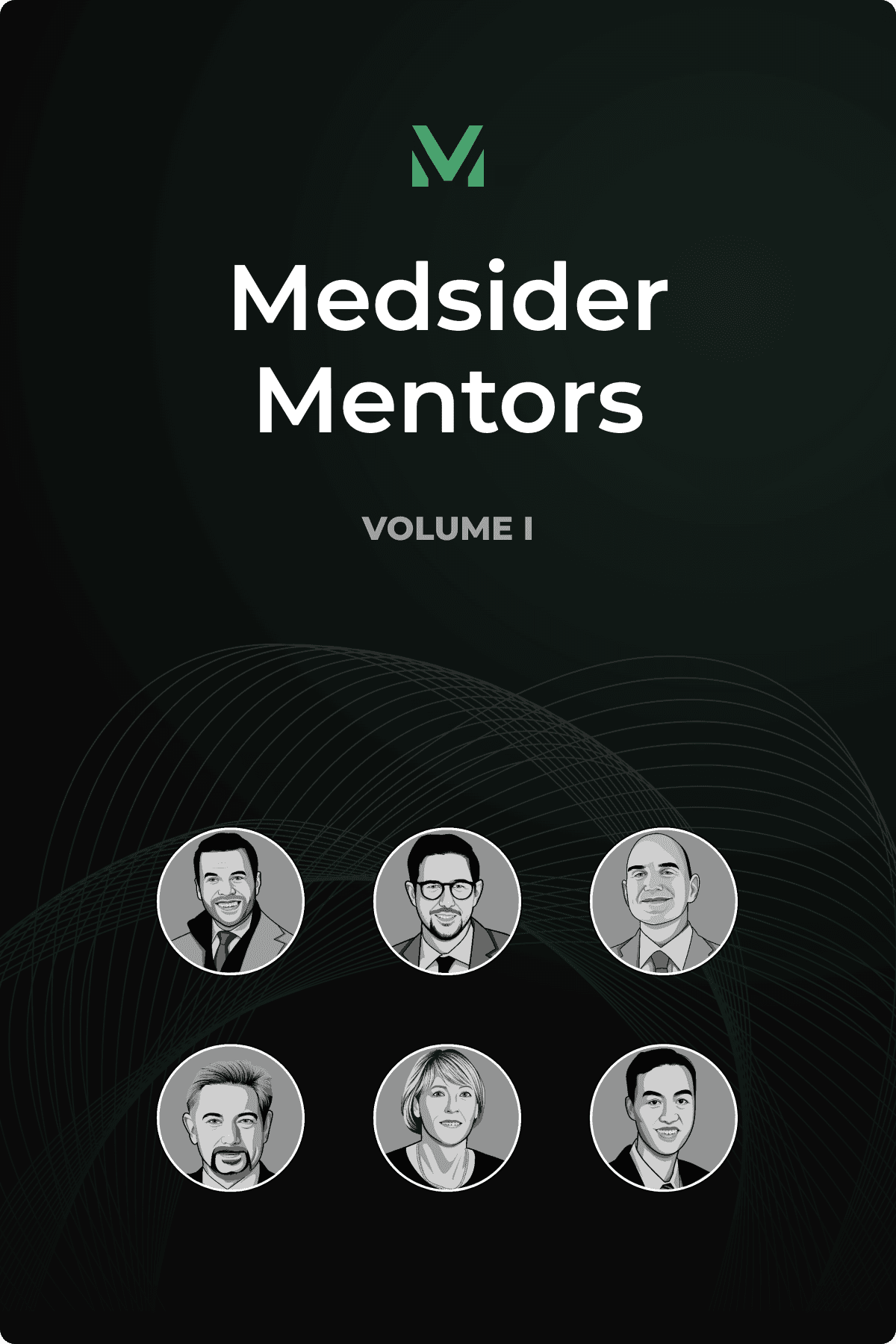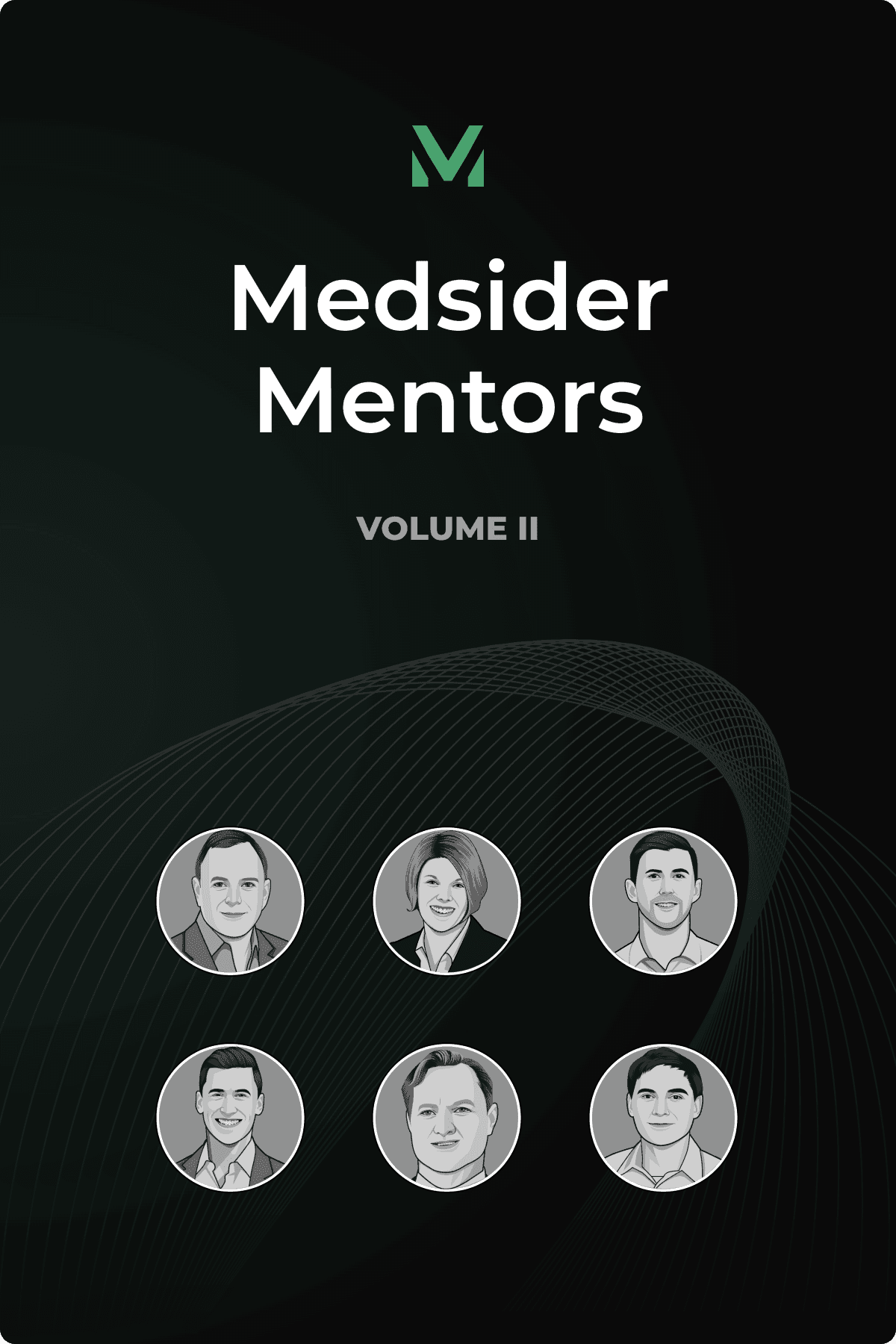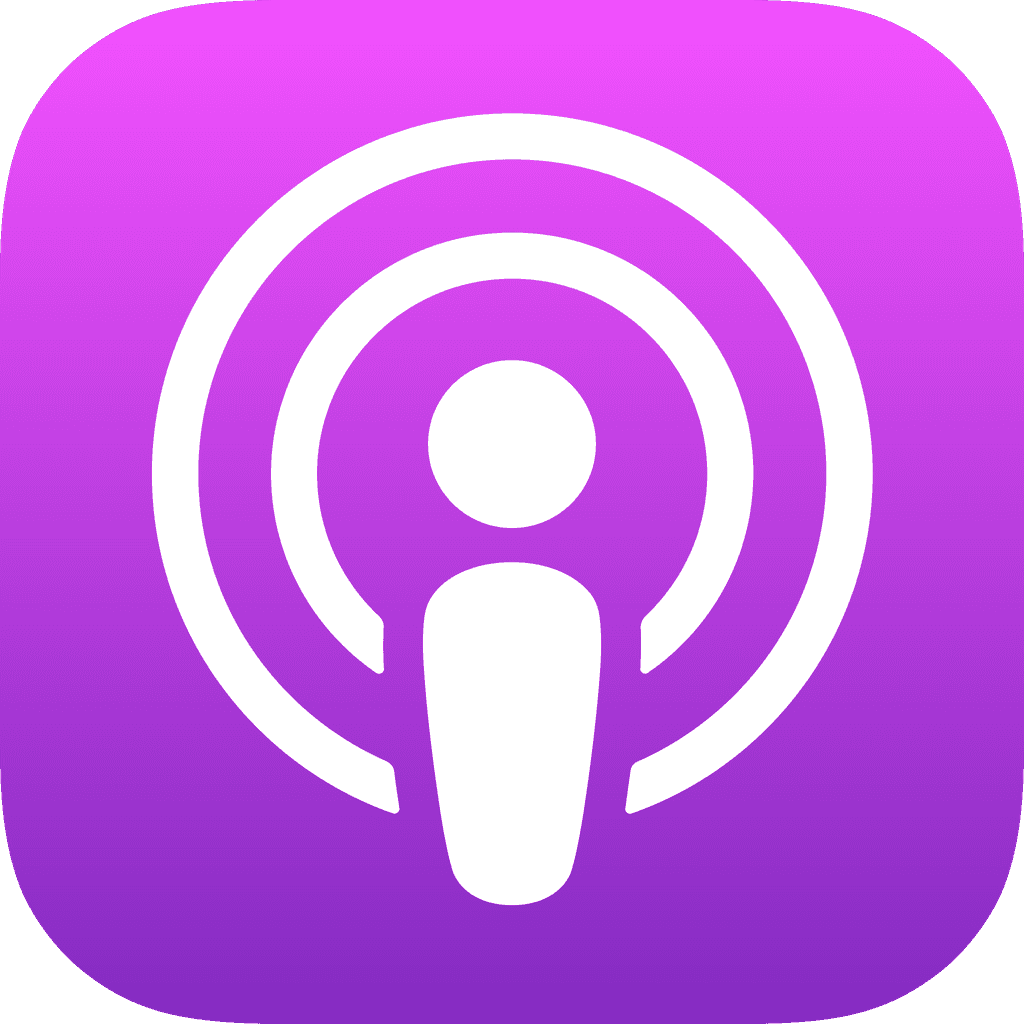Designing Your Device for Adoption
Interview with InfoBionic CEO Stuart Long

Key Learnings From Stuart's Experience
Maximize funding efficiency through creative capital strategies that prioritize non-dilutive options. Stuart's approach combines venture debt with equity financing, treating "equity as prime real estate" to be carefully preserved. He emphasizes finding investors willing to "fight the good fight" during challenging periods, noting that favorable terms mean nothing if investors abandon you when difficulties arise.
Win in crowded markets with a multi-pronged sales approach. Leveraging diverse channels — from direct reps to independent partners and strategic distributors — helps startups build trust, gain traction, and maintain optionality where traditional methods fall short.
Structure your startup for premium valuations by combining growth with strategic adjacencies. Stuart's formula focuses on achieving year-over-year revenue growth of 30-50% while simultaneously developing products that open new addressable markets for strategic acquirers, transforming strong financial performance into premium valuations through strategic portfolio development.
What does it look like when a health system not only adopts your technology but also helps fund its development and distribute it? For InfoBionic, that question became reality through a unique relationship with one of the world’s leading medical centers.
Led by CEO Stuart Long, InfoBionic has built a cloud-based cardiac monitoring platform that dramatically reduces the time it takes to diagnose arrhythmias — from several weeks to as little as 24 hours. By streaming real-time ECG data from wearable sensors and applying AI-powered analysis, the company helps clinicians intervene faster and more accurately, improving outcomes and the patient experience.
InfoBionic’s approach isn’t just technological — it’s structural. By giving physicians the option to bring monitoring services in-house, the company offers a model that can reduce reliance on third-party providers while capturing more of the associated reimbursement. Since its commercial launch in late 2016, InfoBionic has deployed thousands of devices and signed on hundreds of providers, with key partnerships helping to validate and scale its impact.
InfoBionic’s dual approach — offering both a full-service outsourced option and a self-operated model — allows the company to serve providers across a spectrum of operational needs. Because of their complexity and logistical constraints, hospitals often favor the full-service model, while clinics and smaller physician groups typically prefer to manage devices and billing in-house. By offering an end-to-end service in-house, physicians can capture the full reimbursement, creating a strong economic incentive. Combined with greater operational flexibility, this has been a key driver of adoption across a variety of healthcare settings.
Stuart, who began his career running a non-invasive cardiology lab, has spent decades helping bring first-of-kind technologies to market. At InfoBionic, that experience has translated into a product and partnership strategy designed for longevity — and one that other medtech companies are watching closely.
You May Like These Articles
Medsider Premium
Become a premium member and unlock access to exclusive Medsider benefits.



